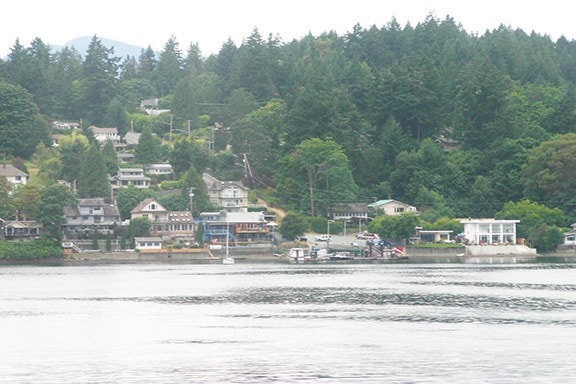Maple Bay beach by the boat launch and Chemainus’s Kin Park beach are unsafe for swimming, as of Monday, June 13.
Island Health officials said the boat launch beach’s bacteriological sample on June 7 showed an enterococci reading of 2,450. On the same day, the Kin Beach sample was recorded at 300. These amounts far outstrip safe bacteria levels.
Another part of Maple Bay beach has so-called “moderate water quality issues,” according to a health authority statement, which recieved an additional public push by North Cowichan on Tuesday.
“These are the first [notifications] of the season for our region, for sure. We started sampling on the May long weekend,” said Duncan EHO Stacey Sowa.
“We have no identifiable reason for seeing the high bacterial counts. There can be various reasons but nothing we’ve pinpointed at this point.”
If you want to keep track, www.viha.ca/mho/recreation/beach_reports will keep you up to date.
Results indicated are the number of E.coli (fresh water) or Enterococci (salt water) per 100 mL of sample water. Beaches are generally considered microbiologically safe to swim at when single sample results are less than 200 (fresh water) or 35 (salt water).
Beaches are monitored to protect swimmers from illnesses linked to unacceptable levels of bacteria.
According to Island Health, “swimming in contaminated water can result in increased risk of ear, nose and throat infections or gastrointestinal illnesses.”
Island Health samples beaches that are formally recognized public recreational water bathing areas, with lands controlled by a federal, provincial, regional or municipal body/agency, which provide access to ocean, lake or river water.
Private beaches where the public may have access through the owner, and “unofficial” bathing areas on public lands are not included in the water sampling program.
Once assessed, high risk beaches are sampled weekly, moderate risk beaches every two weeks. Low risk areas are sampled monthly and very low risk areas are not sampled “unless an EHO believes it is necessary to do so,” according to Island Health.
Public beaches are not technically “closed” to public access but a warning sign is posted advising the public that the water may be unsafe for swimming.
